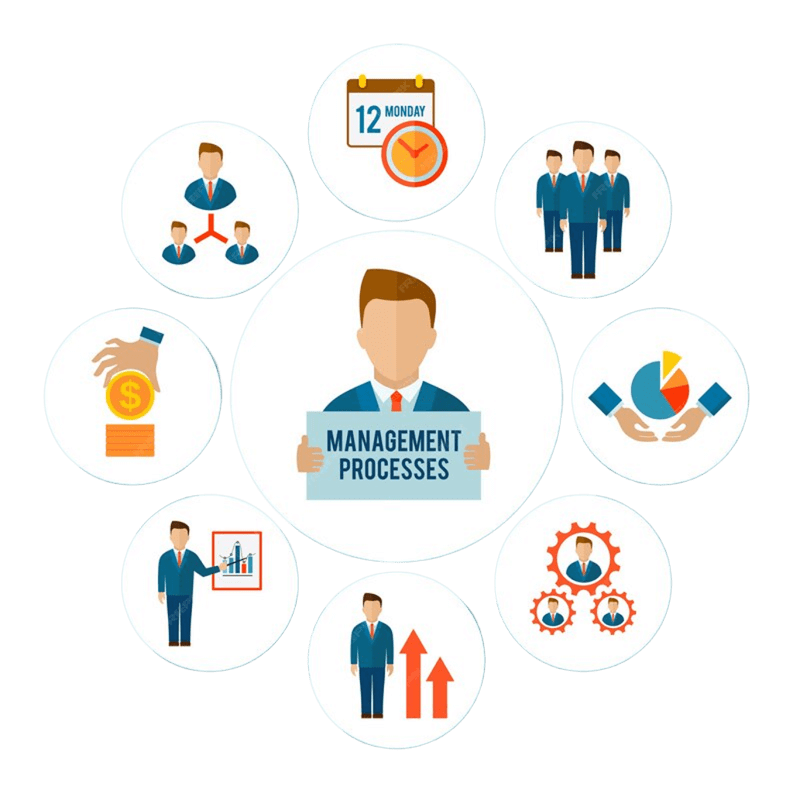GMP

What is GMP (Good Manufacturing Practice)?
GMP stands for Good Manufacturing Practice, a system that ensures products are consistently produced and controlled according to quality standards. It is designed to minimize the risks involved in any pharmaceutical production or food processing that cannot be eliminated through final product testing alone.
GMP covers all aspects of production, from raw materials, premises, and equipment to the training and hygiene of staff. Detailed written procedures are essential for each process that could affect the quality of the finished product. There must also be systems in place to provide documented proof that correct procedures are consistently followed.
The guidelines ensure that manufacturing processes are clearly defined, controlled, validated, and monitored at every step to deliver safe, effective, and high-quality products.

Principles of GMP
GMP is built on several key principles designed to maintain the safety and integrity of products throughout the manufacturing process:
1. Hygiene: Manufacturing premises and personnel must maintain high levels of cleanliness to avoid contamination.
2. Controlled Processes: All processes are clearly defined and controlled to maintain consistency.
3. Quality Management: A comprehensive system that covers quality control, assurance, and documentation.

4. Validation: Processes must be validated to demonstrate consistent performance.
5. Record Keeping: Accurate and complete records must be kept to trace each batch of product.
6. Complaint Handling: Systems must be in place for handling complaints and product recalls effectively.
7. Qualified Personnel: Staff must be adequately trained and qualified for their roles.

The key benefits to GMP certification:
- Prove organization’s management capabilities in product quality, safety assurance Enable employees to develop good production / operations habits
- Reduce safety risk in product quality and safety
- Timely detect production and management problems, reduce cost
- Better understand and comply with the relevant laws and regulations
- Enhance the international credibility and public image
- Increase customer’s long-term confidence in the enterprise









